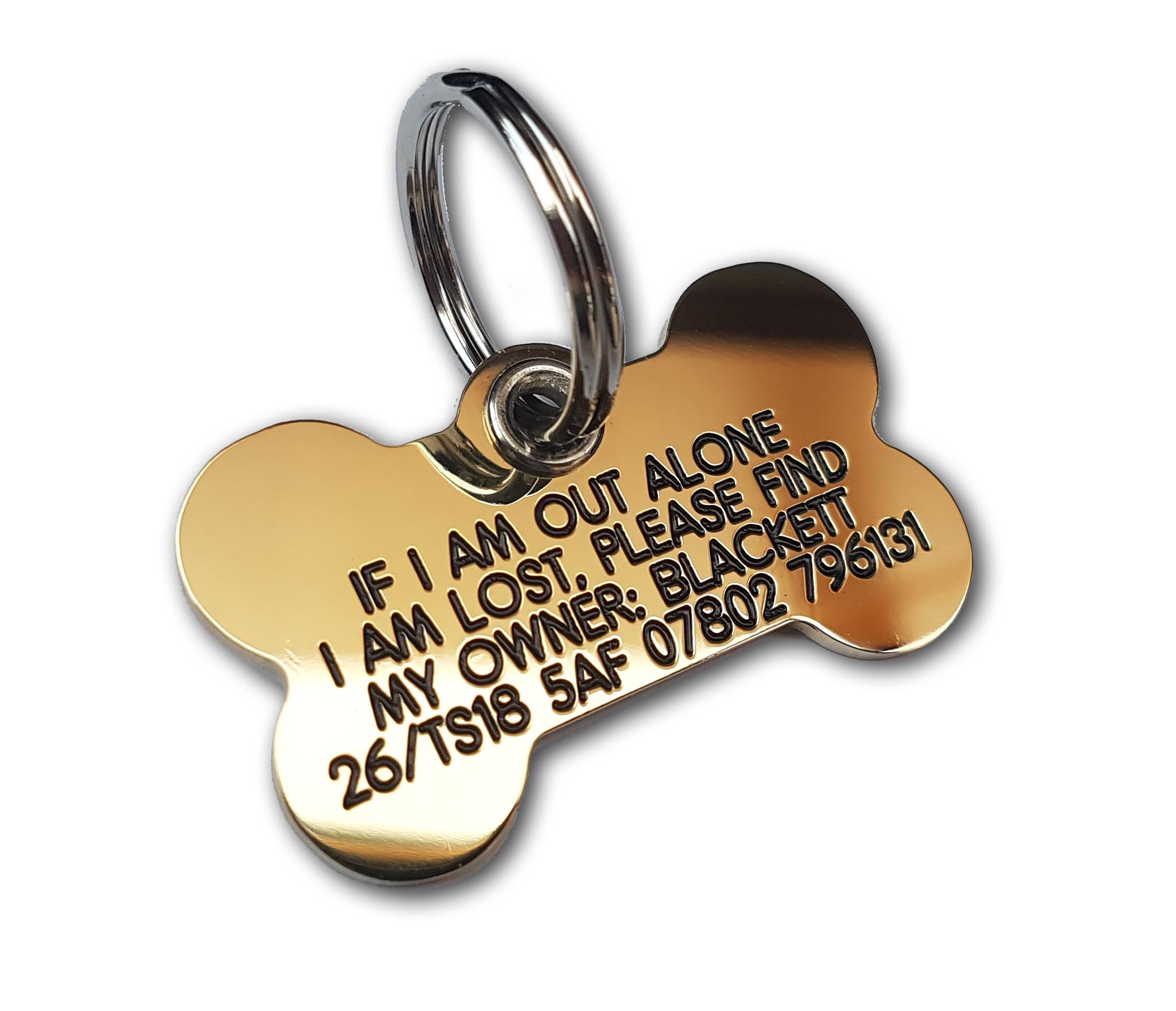
Microchipping a dog can quickly turn a tragedy into a happy reunion, should your pet ever get lost.
What is microchipping a dog?
Microchipping a dog involves a quick procedure which only takes a few minutes.
It is carried out by a vet or a trained microchipper.
During it, a small microchip, about the size of a grain of rice, is inserted under your pet’s skin, usually around the neck area.
This microchip contains a code which can be read by a special reader, and this number is associated with you.
How does microchipping a dog work?
The microchip lasts a lifetime, and so only needs doing once.
The number, which is associated with you and your details, is hosted online in a database.
Should your dog be found, they can have their microchip scanned, and then your details can be looked up using that number.
In this way, if your dog escapes, he or she can be returned to you.
Microchip Products
Why microchip a dog?
A collar and a tags are traditionally used to state a dog’s home address, and where to take them should he or she be found.
However, collars can come off or be removed, the tags may break, and if your dog doesn’t wear a collar at all times, it runs the risk of him or her getting lost while not wearing it. It is also harder to keep the information on a tag up to date because it will need replacing and remaking.
A microchip is always present and won’t get removed or broken. Furthermore, if you move house or change phone number, it is a lot easier to update the information on it, simply by contacting whatever company your dog is registered through.
How to microchip a dog
The easiest way to go about microchipping a dog is by talking to your vet about it.
Her or she will be able to advise you, and will most likely be able to do the procedure themselves.
You will need to choose a company through which to register your dog, and make sure that the microchip used is associated with that company. But again, your vet can help you with this.
There are different fees applicable with different companies, but they are usually not very expensive, especially not for the life-long peace of mind that it will give you regarding your pet’s safety.
Be aware that you will need to keep data up to date, such as address and telephone number, for the service to be useful. This may incur a charge however, depending on the company.
Laws and regulations
As of April 2016, all dogs will have to be microchipped through an approved government database.
Under the regulations, a dog is only considered microchipped if they have had the implant and if the data connecting them to their keeper is up to date and on a database.
Dogs will have to be microchipped by 8 weeks old, and if they are not, or if the details of the owner (or “keeper”) become outdated, then a notice can be served, giving 21 days in which the two criteria must be met for the dog to be classed as microchipped.
If they are not microchipped in this time, an owner can be fined up to £500.
Buy Dog Microchips and RFID Tags



















